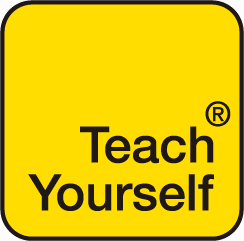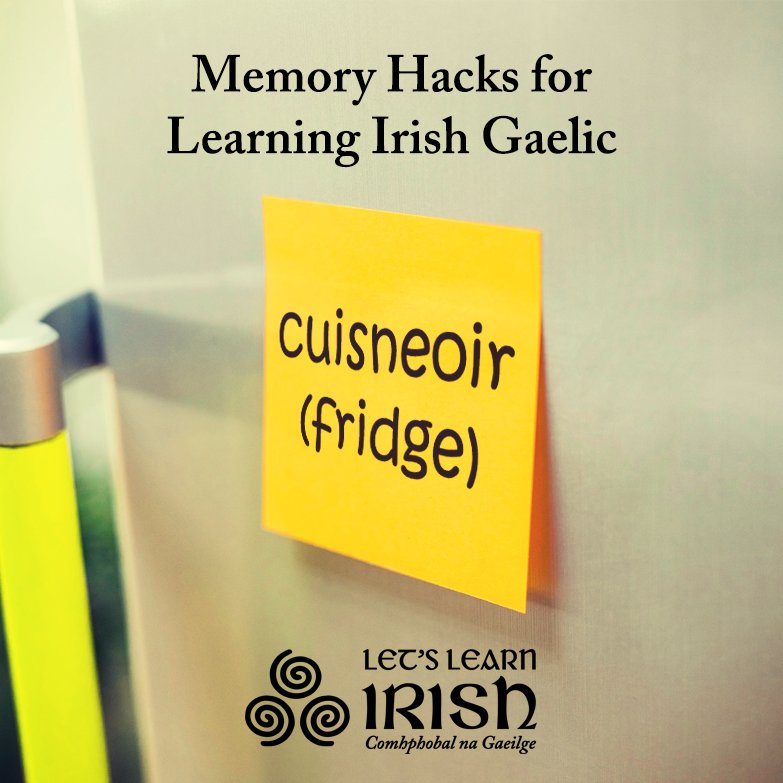Raising my children with Irish in the USA
When I came to the United States in 2006, I brought my “Teach Yourself Irish” book with me.
 Like most people who go through the Irish education system, I had studied Irish for thirteen years at school, but I had a poor grasp of the language. I wanted to get better, which was why I bought the book.
Like most people who go through the Irish education system, I had studied Irish for thirteen years at school, but I had a poor grasp of the language. I wanted to get better, which was why I bought the book.
But when I arrived in this country in 2006, I already had owned it for a year, and while I dipped in and out of it, I hadn’t really properly studied it yet. This all changed within a couple of weeks of me arriving in America.
 I played a lot of rugby at the time, and went to train with the University of Delaware team. At one of our first practices, a player wore a t-shirt with an Irish phrase on it. It said “Má tá tú in ann é seo a léamh, rachaimid a luí le chéile.” This translates as “if you are able to read this, we’ll sleep together”! In hindsight, maybe it was a good thing I couldn’t read it!
I played a lot of rugby at the time, and went to train with the University of Delaware team. At one of our first practices, a player wore a t-shirt with an Irish phrase on it. It said “Má tá tú in ann é seo a léamh, rachaimid a luí le chéile.” This translates as “if you are able to read this, we’ll sleep together”! In hindsight, maybe it was a good thing I couldn’t read it!
In any case, I was so embarrassed at not being able to translate this sentence that a fire was lit inside of me. I thought of that “Teach Yourself Irish” book at the bottom of my bag, and I became determined to finally learn the language.
I began by setting aside time every day to read that book. There are a couple of things needed to learn a language, but I would argue that the most important is that you are studying or interacting with the target language frequently. Language learning is a lot like an athletic activity, such as muscle building or preparing for a marathon. You have to be exposed to the language at least three or four times a week, just as you must engage the muscles regularly.
I threw myself into studying the book, reading it daily. No matter how distracted I was by other goings-on or events, I found at least twenty minutes to improve my Irish. Soon I had finished reading the book and began to look for other materials. Online articles, the TG4 website, or even An Bealach Cóir, a series of novels about a Garda directed at adult learners. Anything that would get me to engage with Irish and advance my learning.
There was another important aspect of my studies however, and that was talking to myself! At least in my head! As there really wasn’t anyone else to practice talking Irish with, the only way I could take what I had learned and apply it was to imagine conversations in my head in which I actually used my Irish. So in addition to the twenty minutes a day I set aside to formally study the language, I also ran conversations through my head in Irish whenever I had downtime, such as walking to the shop or cycling home.
This was how my Irish improved. I had a reasonable fluency in the language after six months or so, but I was always improving. Indeed, even now, sixteen years later and a much more competent speaker of Irish, I am still learning.
By this stage, I had another ambition, and that was to raise my children through Irish. I met an American girl and we got married in 2013, and we agreed that if we had kids, we would raise them bilingually.
But when my wife got pregnant for the first time in 2015, I got nervous. It was one thing to aspire to raise my children with Irish, but another thing entirely to actually do it. Our plan was simply that I would speak nothing but Irish to any kids we had. But now that the reality of this was drawing near, I was starting to doubt myself. Would my Irish be good enough for the challenge?
There was a learning curve, for sure. I didn’t appreciate it when our eldest daughter was born, but the vocabulary she would use on a regular basis would be different from the Irish I had learned in my studies. What was the Irish for a unicorn or a dwarf? I didn’t know, but I wasn’t long in learning!

Now I have three children and live in Spokane, Washington. They are seven, four, and one. I still only speak Irish to them. My eldest understands everything and speaks back to me in Irish eighty percent of the time. My middle child understands most things I say to her, and has started responding in Irish for the first time (as her eldest sister also started doing when she was four). The youngest is still too young to talk, but already he is showing signs that he understands what I am saying to him when I speak Irish.
It is a funny quirk that I am Irish and I speak Irish, but it was moving to the United States that actually got me to learn the language. The lesson for any student of Irish is that it doesn’t matter where you are; once you have decided to learn it, then it all becomes about what tools you have and what level of motivation you possess to follow through on your ambition.
Caoimhín De Barra is an associate professor of history at Gonzaga University, and author of ‘Gaeilge: A Radical Revolution’.
View a recording of Caoimhín’s workshop, ‘The Trouble With Irish (And How To Overcome It)’, by visiting our Cartlann (Archive).
Join the online Irish community for cúrsaí, comhrá & ceardlanna, and follow along on social media @LetsLearnIrish – beidh fáilte romhat!








